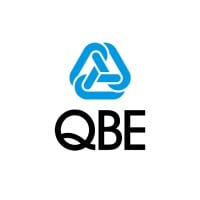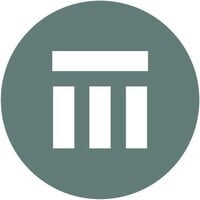
QBE Insurance
QBE is an international insurer and reinsurer listed on the Australian Securities Exchange and headquartered in Sydney. We employ over 13,000 people in 26 countries. Leveraging our deep expertise and insights, QBE offers commercial, personal and specialty products and risk management solutions to help people and businesses manage risks, build strength and embrace change to their advantage. See our Terms of Use: qbe.co/2y7Ck4p See our Privacy Policy: qbe.co/3oa7gZB






